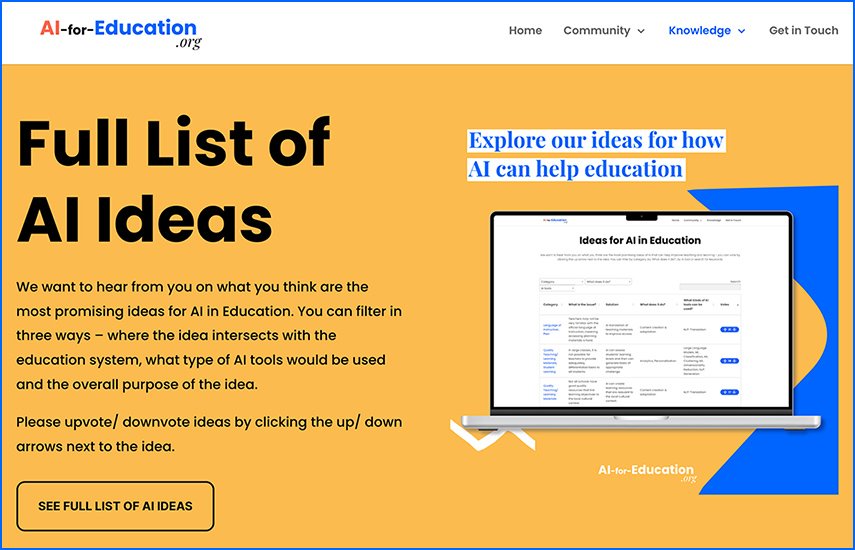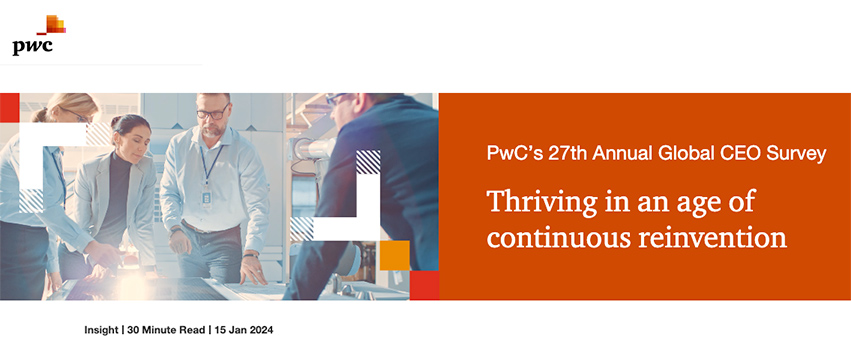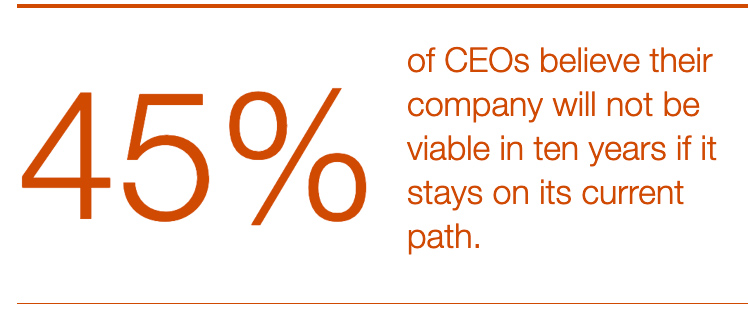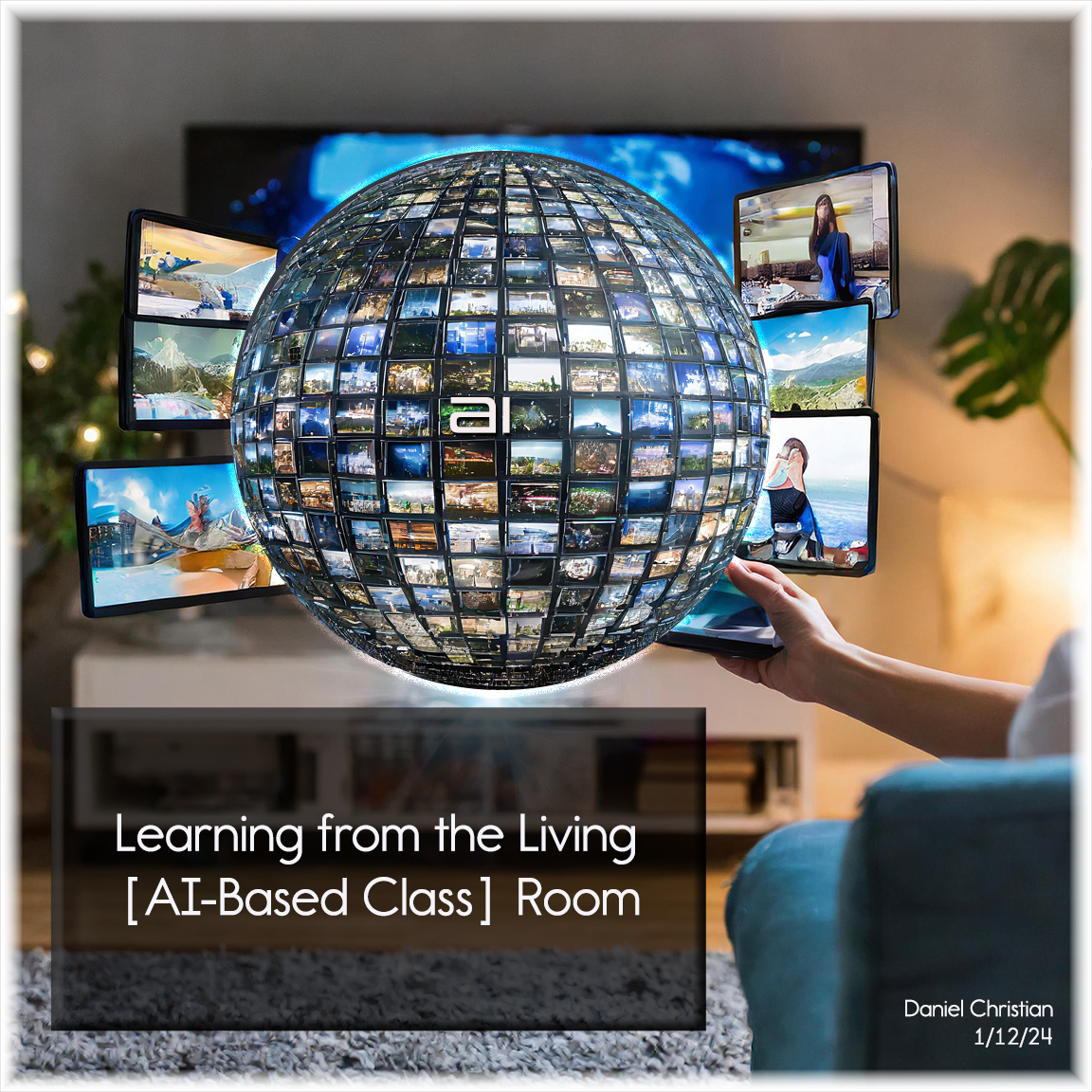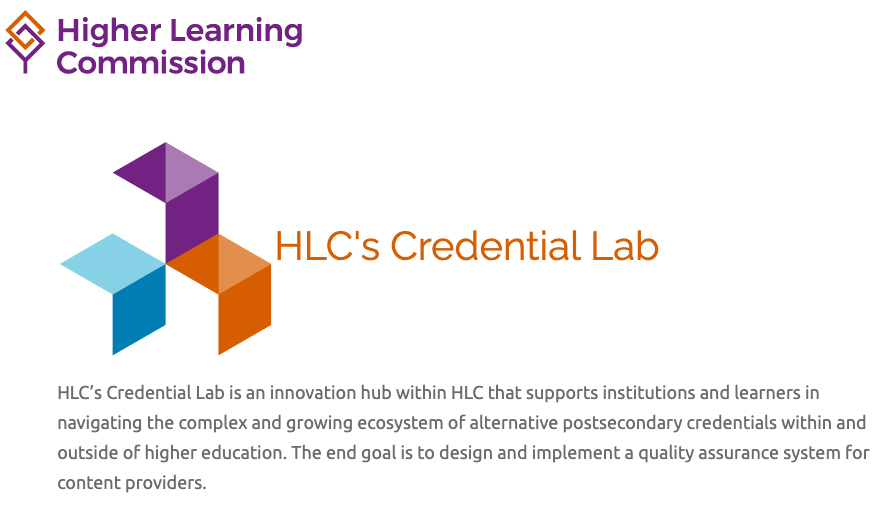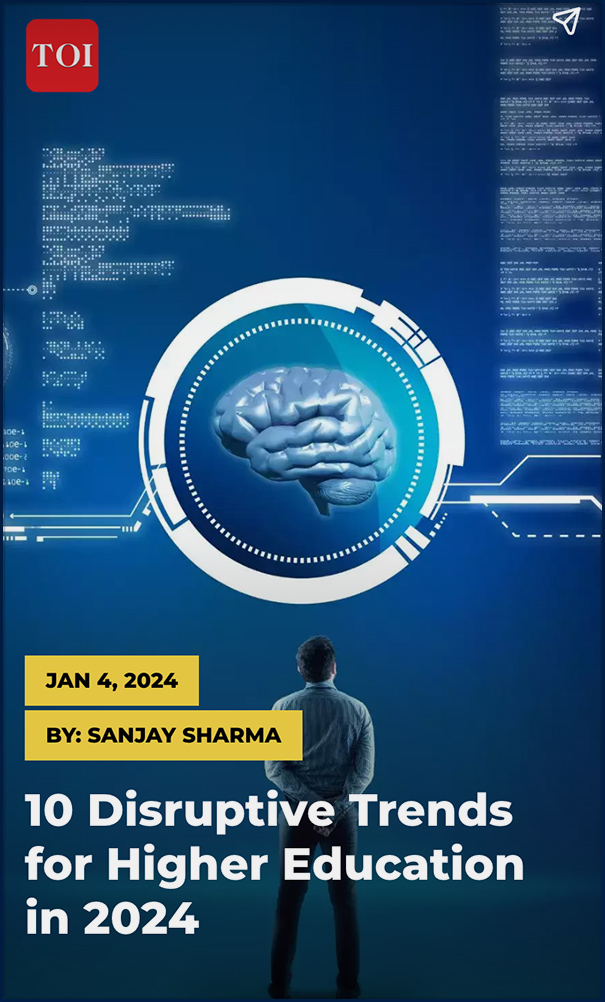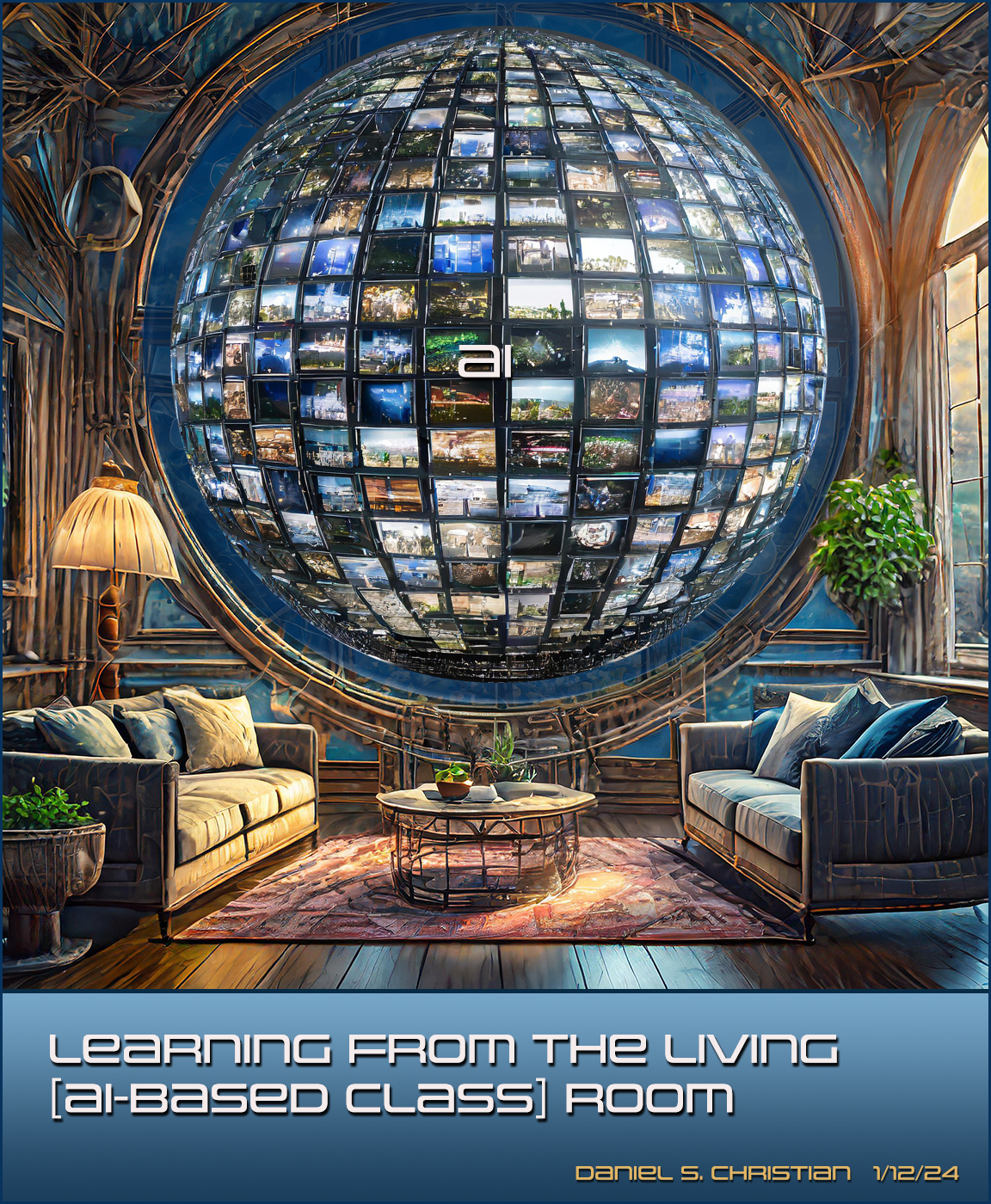Employers Partnering to Provide Microcredential and Training Programs on the Rise, New Study From Collegis Education and UPCEA Reveals — from prweb.com by Collegis Education
Opportunities are growing, but higher ed institutions are losing ground to private providers
OAKBROOK, Ill. , Jan. 23, 2024 /PRNewswire-PRWeb/ — Companies partnering externally to provide training or professional development to employees increased by 26 percent (nearly 15 percentage points) between 2022 and 2023, according to a new study released today by Collegis Education and UPCEA, the online and professional education association. In addition, the report, “Unveiling the Employer’s View: An Employer-Centric Approach to Higher Education Partnerships,” revealed that more than 61 percent of companies without external training partnerships are interested in developing them.
In the second year of an ongoing research series, Collegis partnered with UPCEA to survey more than 500 employers to better understand their perceptions of collaborating with higher ed on professional development programs and alternative credentials.
Instructure Completes Acquisition of Parchment, the World’s Largest Academic Credential Management Platform and Network — from prnewswire.com
Expands Instructure’s market-leading teaching and learning ecosystem by providing learners with a lifelong record of their journey
SALT LAKE CITY, Feb. 1, 2024 /PRNewswire/ — Instructure Holdings, Inc. (Instructure) (NYSE: INST), the leading learning ecosystem and maker of Canvas, announced today it has completed the acquisition of Parchment, the world’s largest credential management platform and network. Parchment has over 13,000 customers and has exchanged more than 165 million credentials over two decades. This acquisition is expected to significantly expand Instructure’s existing customer base and unlock exciting new growth opportunities.
“The addition of Parchment to the Instructure ecosystem enables our customers to offer flexible lifelong learning experiences to meet the needs of the ever-growing sector of non-traditional learners,” said Steve Daly, CEO of Instructure. “By providing a verifiable and comprehensive digital passport of achievement records and outcomes for learners, we’ll be able to help our customers navigate skill mastery, transfer credits, provide proof of prior learning, and much more.”
From DSC:
Instructure’s purchase here represents an important piece of our future learning ecosystems— a way to document/prove the learning a person has done throughout their ***lifelong learning*** journey.
The Importance of Credit for Prior Learning — from evolllution.com by Alexa Dunne
Higher ed needs to focus on providing credit for prior learning that properly communicates what learners know to provide them with more opportunities in the workforce.
According to research from the Council for Adult and Experiential Learning (CAEL) and Western Interstate Commission for Higher Education (WICHE)**, students complete their credentials at a substantially higher rate when they are awarded 15 or more credits for prior learning. For institutions, awarding CPL is an easy—and equitable—way of helping students succeed. Do we want a 22-point increase in credential completion? Yes, please!
Addendum on 2/9/24:
Lego my Metaphor — from onedtech.philhillaa.com by Glenda Morgan
The problem with how we think about stackability of microcredentials=
A key aspect of microcredentials promise is that they are small and have fewer barriers to entry in terms of time and cost than for degrees. But given that microcredentials are small, they can only take a learner so far. This is where stackability comes in. By stacking these microcredentials (i.e., adding multiple credentials, each building on the other) they can be combined to make a more meaningful overall set of qualifications or to create an entryway into a new career. Microcredential stackability is a key assumption underlying many higher education institutions microcredential efforts, as well as a central thread in how they are speaking about and marketing the microcredentials.
In the coming months I want to explore more about microcredentials, as I think they are going to be a key part of higher education in the future. Right now, in higher education I see a lot of talk about microcredentials but less execution and less success than most people would like. Microcredentials are difficult to get right, but we need to start by talking about them in the right way.










